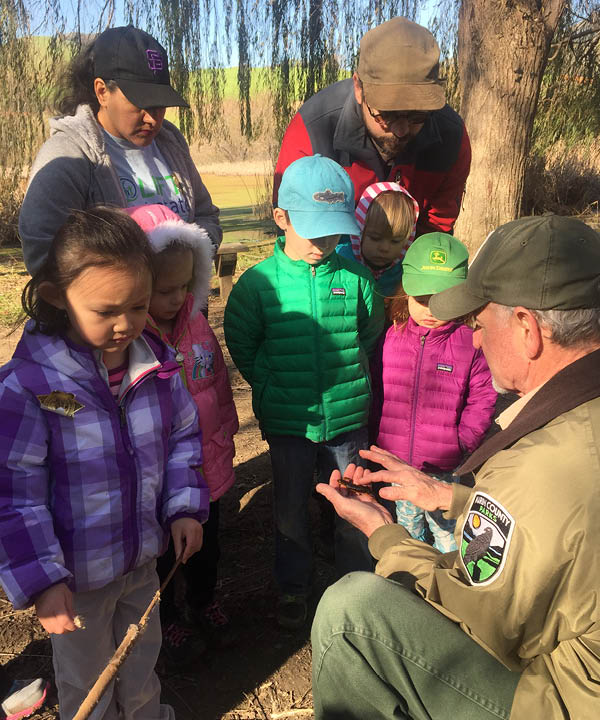As a clinician, you have a limited amount of time to spend with each client and, often, discussions around healthy living or chronic condition prevention and management are handled by a team of clinicians, including doctors, nurses, health educators, dietitians, and case managers. In this team-based approach, team members coordinate care to ensure each patient’s needs, values, and preferences are addressed. For Park Prescription programs, park agencies and staff can be partners in team-based care as community-based service providers.
Park agencies are already excited about Park Prescription programs and are actively seeking healthcare providers to work with in order to start their own programs. The National Recreation and Park Association, as well as the National Park Service, both serve as leaders in the National ParkRx Initiative, which promotes best practices and information sharing for Park Prescription programs. As parks find ways to serve their communities, their national organizations have already indicated the relevance and importance of participating in Park Prescription programs. If you do not currently utilize a team-based approach for healthy living or chronic condition management, creating a partnership with park agencies can allow you to provide your patients with a warm handoff to a trusted professional who can answer more of your patient’s questions after your initial assessment and prescription.
As with prescribing any other intervention, the clinician should promote a patient’s understanding of the treatment and involve them in the decision-making process. Perhaps more so than with other prescriptions, an emphasis on park prescription adherence is important because of its still-novel approach to treatment. Consider the park agencies to be nature specialists who you are referring your patients to. By working with park agencies as team members in your patient’s care, you are building the system infrastructure to create a warm handoff of your patient to the parks staff, who are able to answer their questions on the specifics of the facilities in each site.




